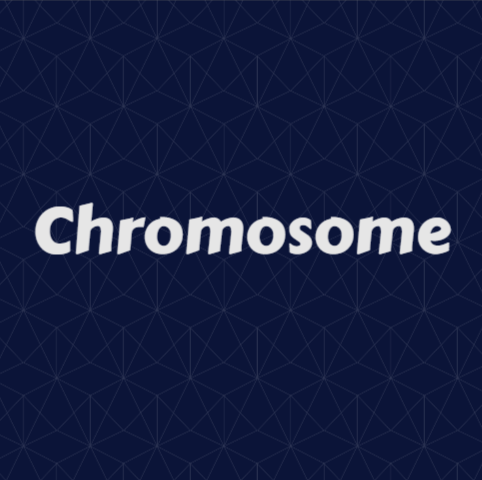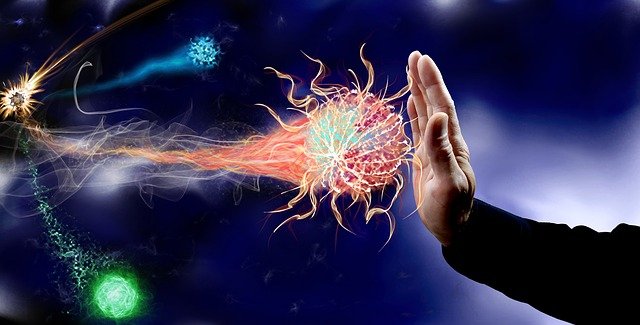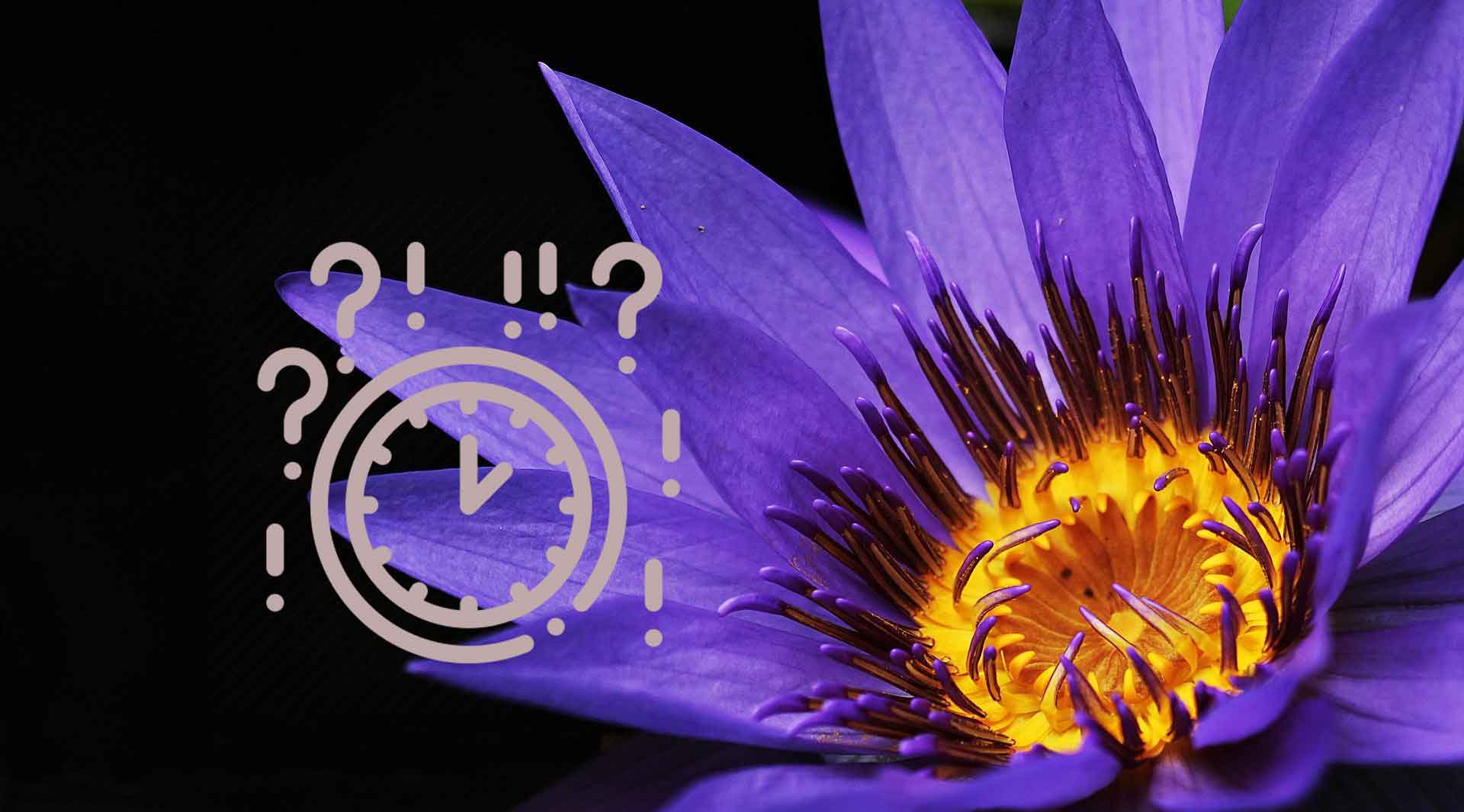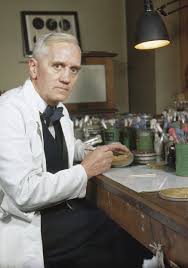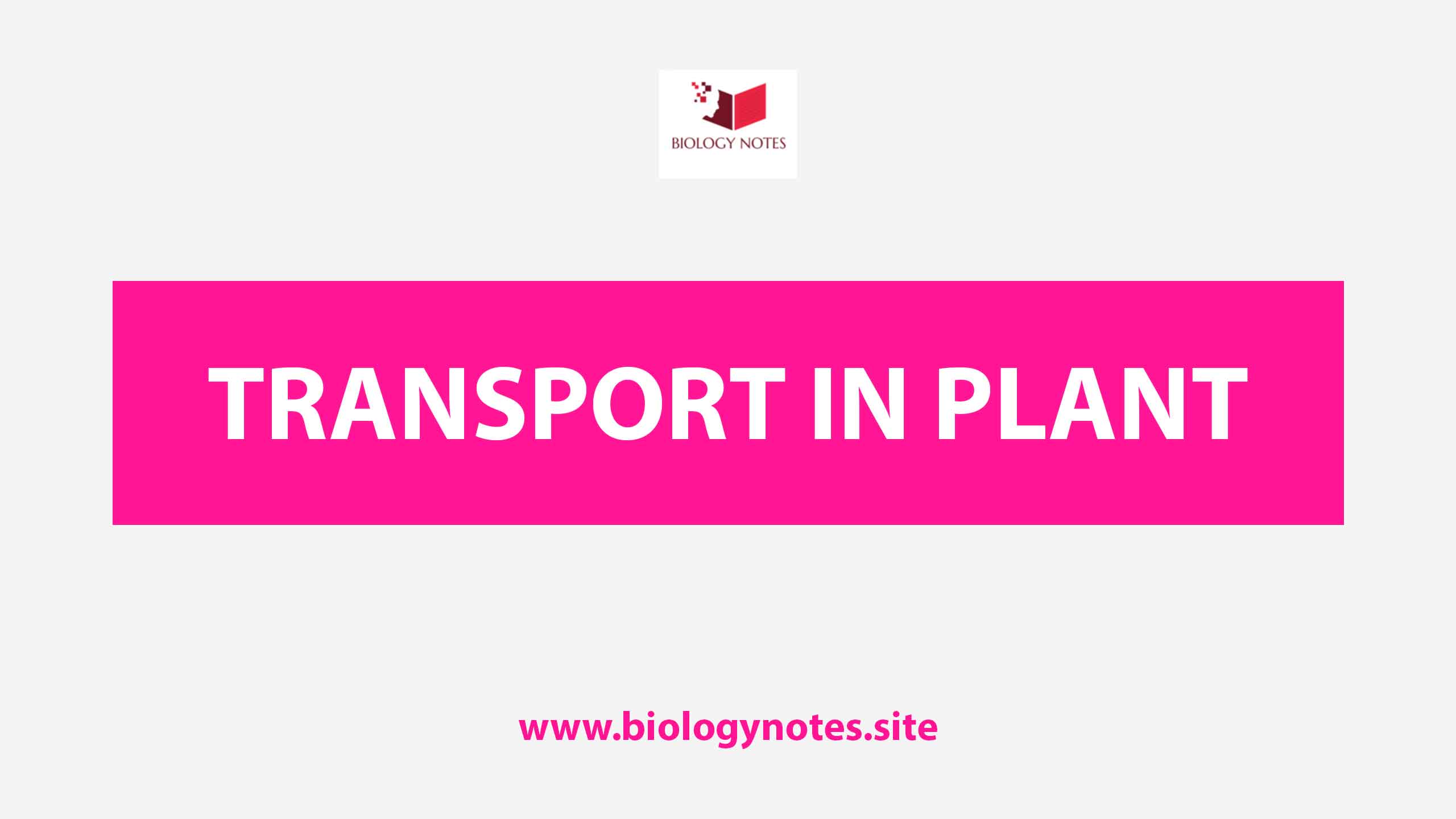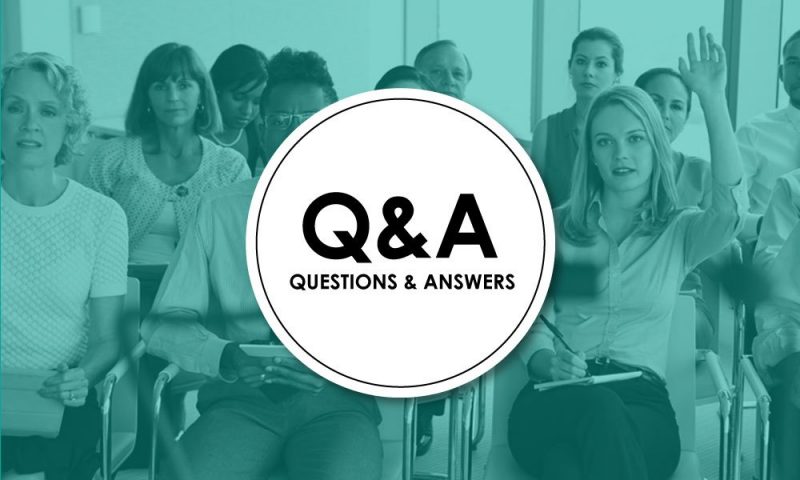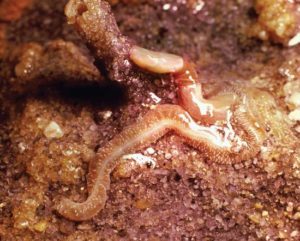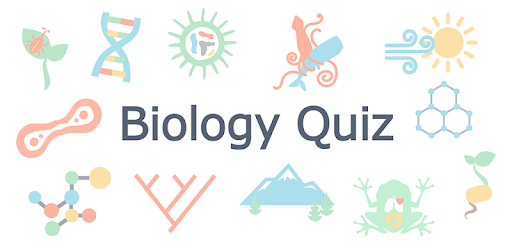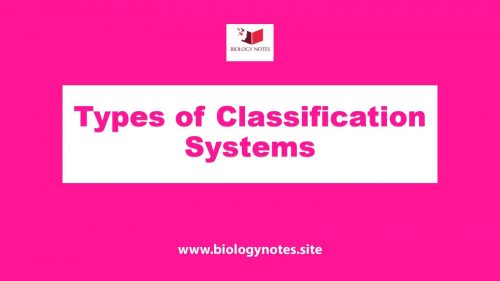Category: Biology

Mutation
Mutation is a change in the DNA sequence of an organism’s genetic material. DNA, or deoxyribonucleic acid, is the molecule that carries the genetic instructions for the development and function of all living things. DNA is made up of four chemical bases, adenine (A), cytosine (C), guanine (G), and thymine (T), which are arranged in…

Chromosome
A chromosome is a structure found in cells that is made up of a long strand of DNA, which is the genetic material that contains the instructions for the development and function of all living organisms. Chromosomes are found in the nucleus of eukaryotic cells and play a crucial role in the cell cycle, replication,…

Defences Against Diseases
The body has three main lines of defence against disease. These involve mechanical barriers, chemical barriers and cells. Mechanical barriers Although many bacteria live on the surface of the skin, the outer layer of the epidermis seems to act as a barrier that stops them getting into the body. But if the skin is cut…

How do plants know when to flower?
Phytochrome, a blue-green pigment, is part of a switching mechanism for phototropic responses to light of red and far-red wavelengths. Its active form, Pfr might trigger the secretion of one or more hormones that induce and inhibit flowering at different times of yeat. The main environmental cue for flowering is the length of night, i.e.…

Sir Alexander Fleming
(August 6 , 1881 – March 11, 1955) Early life and Education Sir Alexander Fleming was a Scottish physician, microbiologist, and pharmacologist, who was born on August 6, 1881 at Lochfield farm near Darvel, in Ayrshire, Scotland. Alexander was the third of four children of farmer Hugh Fleming (1816–1888) from his second marriage to Grace…

Quiz On Transport in plant

Q & A on Components of Cytoplasm
Which organelle divides and compartmentalizes the cell? The endomembrane system, which fills the cell and divides it into compartments, and is visible only through electron microscopy. The endoplasmic reticulum (ER), a series of interconnected membranous tubes and channels in the cytoplasm, is the largest and most extensive system of the internal membranes. What is the function of the endomembrane…

Phylum Hemichordata
Hemichordates are vermiform, solitary or colonial enterocoelous coelomate animals having intra-epidermal nervous system and a pre-oral gut with or without gillslits and without typical nephridia. Due to some similarities with chordates, some workers (Bateson, 1885) considered Hemichordata as a subphylum of the phylum Chordata. Alliance with the chordates was based on the presence of gill…

Movement of Substances Quiz

Types of Classification System
Biological classification is the scientific procedure of arranging organisms into groups on the basis of their similarities and dissimilarities and placing the groups in a hierarchy of categories like species, genus, family, etc

Type of Classification System Quiz
Welcome to our “Type of Classification System Quiz!” Are you ready to explore the diverse methods used to categorize everything from living organisms to data sets? Classification systems are essential tools that help us organize and make sense of the world around us. In this quiz, we’ll dive into various types of classification, from biological…

MCQ on Respiration in plant
Q1: Which organelle in plant cells is primarily responsible for cellular respiration? (A) Chloroplast (B) Mitochondrion (C) Vacuole (D) Nucleus Answer: (B) Mitochondrion Explanation: Mitochondria are the main sites of cellular respiration in plant cells, where ATP is produced. Q2: During respiration, what is the primary substrate used by plants to generate energy? (A) Oxygen…


